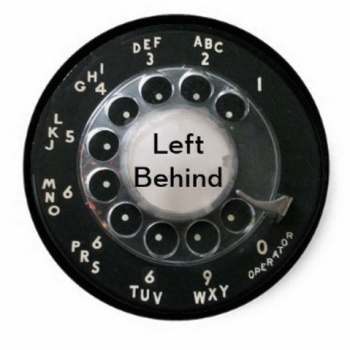communities when we live in relationship to him. Put another way, each one says something about Christology and something about discipleship:
Food: I am the bread of life (John 6:35)
Light: I am the light of the world (8:12)
A path to follow: I am the Way, the truth and the life (14:6)
A gate to get onto the path: I am the Gate for the sheep (10:7)
Someone trustworthy to follow: I am the Good Shepherd (10:11)
An eternal journey: I am the Resurrection and the Life (11:25)
A life that bears the fruit of that walk: I am the True Vine (15:1)
A Strange Kind of Shepherd
Let's zoom in on this image of the Good Shepherd and see if we can move beyond familiarity to understanding and deeper faith for our daily lives.
It comes right after the expulsion of the formerly blind man from the synagogue, so the "thieves and robbers" Jesus refers to are probably the Pharisees. Jesus warns about thieves and bandits, and then elaborates on their failings. They speak with an unfamiliar voice, they come only to steal and kill and destroy. They see the wolf coming and leave the sheep because they do not care for the sheep. In this swirling mass of negatives, the Good Shepherd stands firm, undaunted by danger, not intimidated by threats. He is unmoved because his motivation is love for the sheep.
All seven "I am" sayings have the effect of unifying Jesus' followers. The unity of the Father and the Son, a key theme in John's gospel, is to be mirrored in the unity of the community that gathers around Jesus. Because there is one and only one Good Shepherd, there is one flock that gathers around him.
Listen to how the "I am" sayings serve to unify those who believe in Jesus.
Since Jesus is food, discipleship means gathering around the table.
Since Jesus is light, discipleship means coming out of our dark corners and gathering in the middle of the room together.
Since Jesus is a path to follow, discipleship means walking together along it.
Since Jesus is an eternal journey, discipleship means a group pilgrimage of walking in the way that leads to life.
Since Jesus is the Vine, discipleship means being the branches, people whose lives derive their fruitfulness from him.
Since Jesus is the Good Shepherd, then discipleship means being sheep who find their life and well-being in his care.
A Crucified Shepherd
So far, so good. We have been comforted by the "I am" sayings and reminded of our unity in Jesus. Now for the challenge. Jesus connects the Good Shepherd with the cross. "The Good Shepherd lays down his life for the sheep" (10:11). Taken together, the Good Shepherd and the Cross are two powerful symbols for the unity of believers in John's Gospel. 10:15-16 and 11:51-52 connect Jesus' death with the oneness of believers.
Both Jews and Greeks expected shepherds to do what was best for the sheep, possibly even risking their lives for the flock (Koester, 236). But crucifixion was humiliating and repulsive. A Good Shepherd who was crucified is what is supposed to unify us as a community? We are to hold onto his identity in the face of temptations and challenges to our faith and his credibility?
All seven "I am" sayings are unified in the cross. None would be true without the cross.
I'm fine with Jesus as a Good Shepherd who lays down his life for us. But if I'm to find my identity in him, doesn't that mean that sacrifice for others will be required of me? The "I am" sayings promise to meet my basic needs. But their deeper message is that my most basic spiritual need is to give my life for something bigger than my life. And for that I need to hear Jesus say "I am the Good Shepherd who lays down his life for the sheep."
Craig Koester makes this brilliant point about the seven "I am" sayings. He says that they
"create a centripetal effect, bringing believers into relationship with each other by reinforcing their common relationship to Jesus" (Koester 230).
Think for a moment with me about the difference between centripetal force and centrifugal force.
Centripetal is from the Latin "center-seeking." Centrifugal is from the Latin "center-fleeing."
Have you ever ridden on that amusement park ride that operates by centrifugal force? It's called different things in different parks: The Milk Churn, The Tornado, and the Meteorite. It consists of a circular horizontal platform with vertical cage like wall around the edge. The platform is attached to a motor on a hydraulic arm. The ride starts out by spinning until the centrifugal force is enough to push riders against the wall. At that time, the friction between the riders' backs and the walls is enough to hold them against the wall. For a while.
That's a pretty good metaphor for what can happen to us in our radically individualistic society if we do not find our identity in Jesus the crucified Shepherd. We end up hanging alone in mid-air with our backs against the wall. The Good Shepherd offers a better option. That's a comforting message for children and adults. But it comes at a cost, both to him and to us.
References
Craig Koester, Symbolism in the Fourth Gospel: Meaning, Mystery, Community (Minneapolis: Fortress Press, 1995)
Robert Kysar, The Fourth Evangelist and His Gospel: An Examination of Contemporary Scholarship (Minneapolis: Augsburg Press, 1975)





